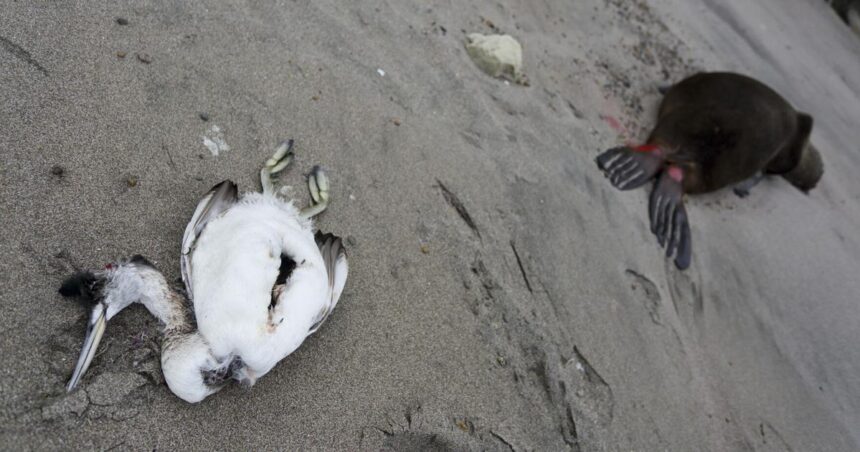NEW YORK — Bird flu has been blamed for the deaths of millions of wild and domestic birds worldwide in the past two years. It’s killed legions of seals and sea lions, wiped out mink farms, and dispatched cats, dogs, skunks, foxes and even a polar bear.
But it seems to have hardly touched people.
That’s “a little bit of a head scratcher,” although there are some likely explanations, said Richard Webby, a flu researcher at St. Jude Children’s Research Hospital in Memphis, Tennessee. It could have to do with how infection occurs or because species have differences in the microscopic docking points that flu viruses need to take root and multiply in cells, experts say.
But what keeps scientists awake at night is whether that situation will change.
“There’s a lot we don’t understand,” said Dr. Tom Frieden, a former CDC director who currently heads Resolve to Save Lives, a not-for-profit that works to prevent epidemics. “I think we have to get over the ‘hope for the best and bury our head in the sand’ approach. Because it could be really bad.”
People are also reading…
Some researchers theorize that flu viruses that originated in birds were the precursors to terrible scourges in humans, including pandemics in 1918 and 1957. Those viruses became deadly human contagions and spread in animals and people.





